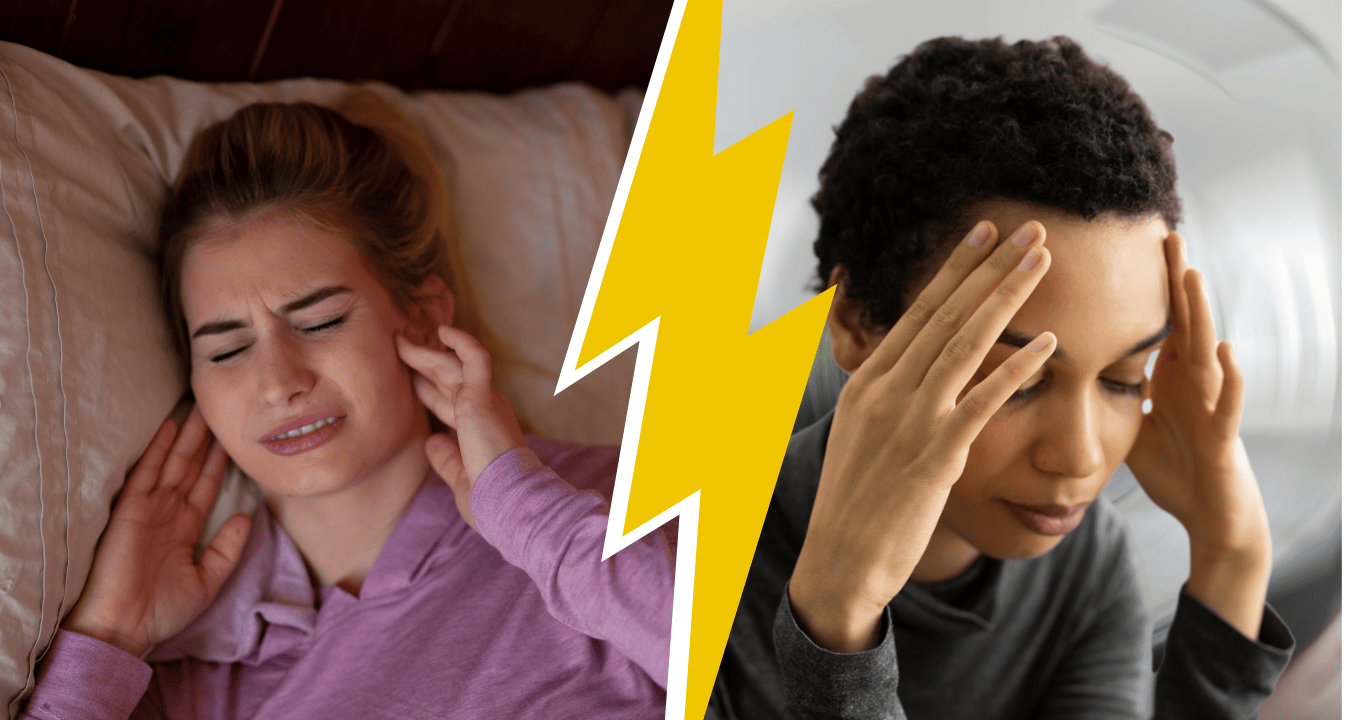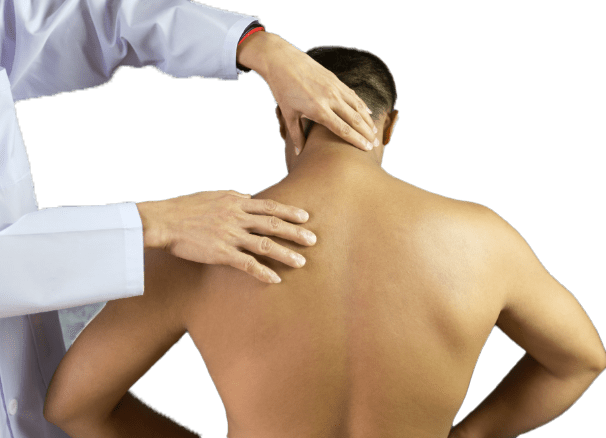October 18, 2015
By Youssef Youssef, Osteopath M.OMSc, R.Kin
Osteopaths study the functional relationships of the entire body, how structure relates to function and have an in-depth knowledge of anatomy and physiology. A major principle in Osteopathy is that the body is self-healing and self-adaptive.
What does this mean and how does it work?
When the body – joints, muscles, ligaments, fluids (blood, spinal fluids etc. and organs) – is in working order and balanced, it is considered to be in optimal function which means its self-healing ability is in full capacity. It is when the body develops abnormal motion in joints, tension in muscles and ligaments (this can be from an injury, bad posture and more) that the body begins to change, adapt and compensate. These changes and compensations will begin to affect the self-healing capabilities of the body.
For example, if you suffer from an ankle injury, it becomes painful especially when walking. The first adaptation/compensation is to put less weight on the painful side and put more on the opposite. Then you begin to walk in this pattern until it is easier to put weight through the injured ankle.
This simple change begins a cascade of changes structurally – muscle and ligament tension changes, mechanical forces through joints causing abnormal pressures, irritations and reduced range of motion throughout the body – up through the knees, hips, pelvis, spine and so on; initially, without any symptoms. This causes changes structurally and physiologically.
These structural changes will cause imbalances throughout the body, whether specifically or in multiple areas of the body. This may lead to symptoms such as hip pain, back pain, shoulder pain etc., without any direct injury to these areas other than the history of, as an example, ankle injury. Many patients wonder why they have some aches and pains when they haven’t directly injured an area. The Osteopathic answer will be: “it may be due to the way your body has compensated from a previous injury, bad posture or even surgery.” There isn’t just a structural change that can create these symptoms; there are physiological changes as well.
The human body is created in such a way that every part has a job and a function and it altogether works in harmony. The change structurally will have an effect on the underlying physiology, such as the nerve supply, fluid exchange (blood, spinal fluid and lymph) and organ position or vice versa.
Why are nerves, fluid exchange and supply important to the body’s self-healing mechanism?
The nerve supply works as the electrical component of the body to allow for all its parts to communicate with each other and also supply it with impulses to complete its necessary role.
The fluid supply and exchange are very important in the body because the fluid carries oxygen and nutrients throughout the body to provide tissues, muscles and organs with proper oxygen and nutrition to allow them to carry out their function.
Once the body uses the oxygen and nutrients, it produces a waste that the body needs to get rid of in order to continue its regeneration and health. Our body has a system to clear the body of this waste (veins and lymphatic system). The waste produced after the tissue has used the oxygen and nutrients are taken up by the veins and lymph system to be transported back to the appropriate organs to be filtered, re-oxygenated and filled with nutrition to continue providing for the body.
The adaptations that the body goes through as described above begin to affect the impulses of nerve supply to the tissues creating weakness in muscles, changes in organ function, and change in sensation/temperature of the skin or certain regions of the body. Changes in fluid supply and exchange will also be experienced through all parts of the body. This all obstructs the body’s ability to self-heal and symptoms such as headaches, digestive problems, breathing changes, pelvic health issues and musculoskeletal pains begin to show.
It is when the body has imbalances and dysfunction that the body’s ability to heal itself is obstructed. It is the job of the Osteopath not to follow symptoms, but to look for what is creating these symptoms and imbalances, find it and restore balance in the body and bring the body back to its natural course and allow it to heal itself.










